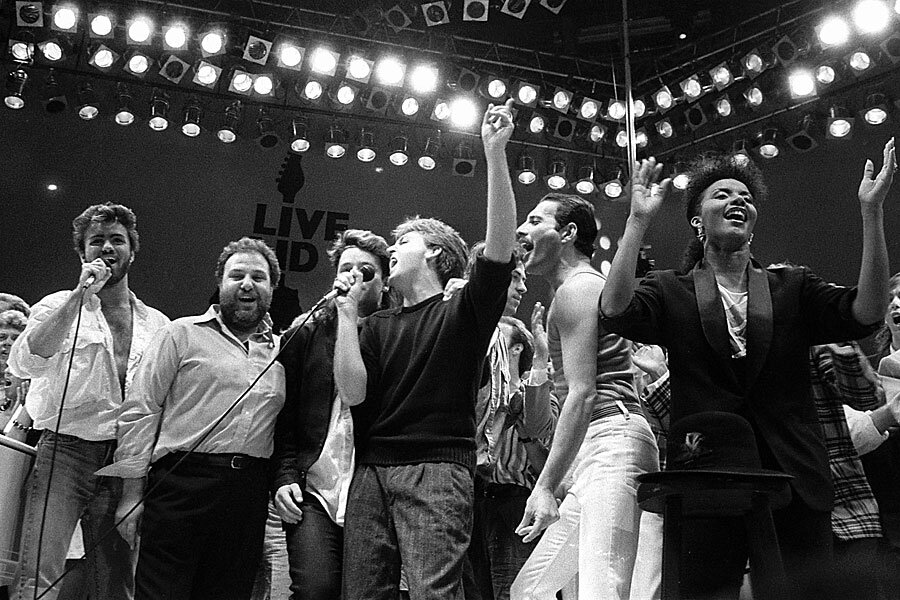What's the No. 1 feel-good song of all time?
Loading...
Using a formula and a survey sample, neuroscientists may have discovered the happiest, most rousing song ever written.
Here are a few hints: It’s from the 1970s, and the band is British. You might remember it from the cinematic peak of the 2004 cult comedy, 'Shaun of the Dead.'
Yup, the most feel-good song of all time is Queen’s “Don’t Stop Me Now,” a exuberant 1979 tune. Though the song was a British chart-topper, it only reached No. 86 in the United States.
Frequently covered on TV singing competitions, the hit contains all the components of a bona fide feel-good song: a major key, happy lyrics, and a very fast tempo of 155 beats per minute, which is significantly faster than the average pop song.
These three elements were determined by Dr. Jacob Jolij, assistant professor of cognitive neuroscience at the University of Groningen in the Netherlands, who began his research by examining a survey that asked 2,000 British adults what their favorite uplifting song was.
“A feel-good song is very personal. Music is intimately linked with memory and emotion,” Dr. Jolij told the Daily Mail. “However, there are some key criteria for composers to consider when creating feel good songs.”
Using the variables L for positive lyrics, BPM for beats per minute, and K for a musical key that features heavy major thirds, Jolij created an equation to measure each of the 126 songs from the survey results.
While “Don’t Stop Me Now” came out on the very top, the nine runner-ups are also mostly oldies. Here’s the list from the study:
1. "Don't Stop Me Now," by Queen (1979)
2. "Dancing Queen," by Abba (1976)
3. "Good Vibrations," by The Beach Boys (1966)
4. "Uptown Girl," by Billy Joel (1983)
5. "Eye of the Tiger," by Survivor (1982)
6. "I'm a Believer", by The Monkeys (1966)
7. "Girls Just Wanna Have Fun," by Cyndi Lauper (1983)
8. "Livin' on a Prayer," by Bon Jovi (1986)
9. "I Will Survive," by Gloria Gaynor (1978)
10. "Walking on Sunshine," by Katrina & The Waves (1983)
Of course, the age and location of the British survey-takers probably affected the results. Jolji also released a list the top feel-good song of each decade, with Pharell Williams’ “Happy” for the 2010s, Toploader’s cover of King Harvest's “Dancing in the Moonlight” (which was never released in the US) for the 2000s, and Robbie Williams’ “Let Me Entertain You” for the 1990s.
Alba, the British electronics company that conducted the initial survey, found that about 75 percent of people in Britain listen to music as a way to perk up their mood, and 54 percent use music to motivate themselves.
"My analysis confirmed very nicely what we already knew from the literature: Songs written in a major key with fast tempo are best at inducing positive emotions," Jolij wrote in an email to the Huffington Post. “The more data we have available, the more we can learn about how music affects our moods."








